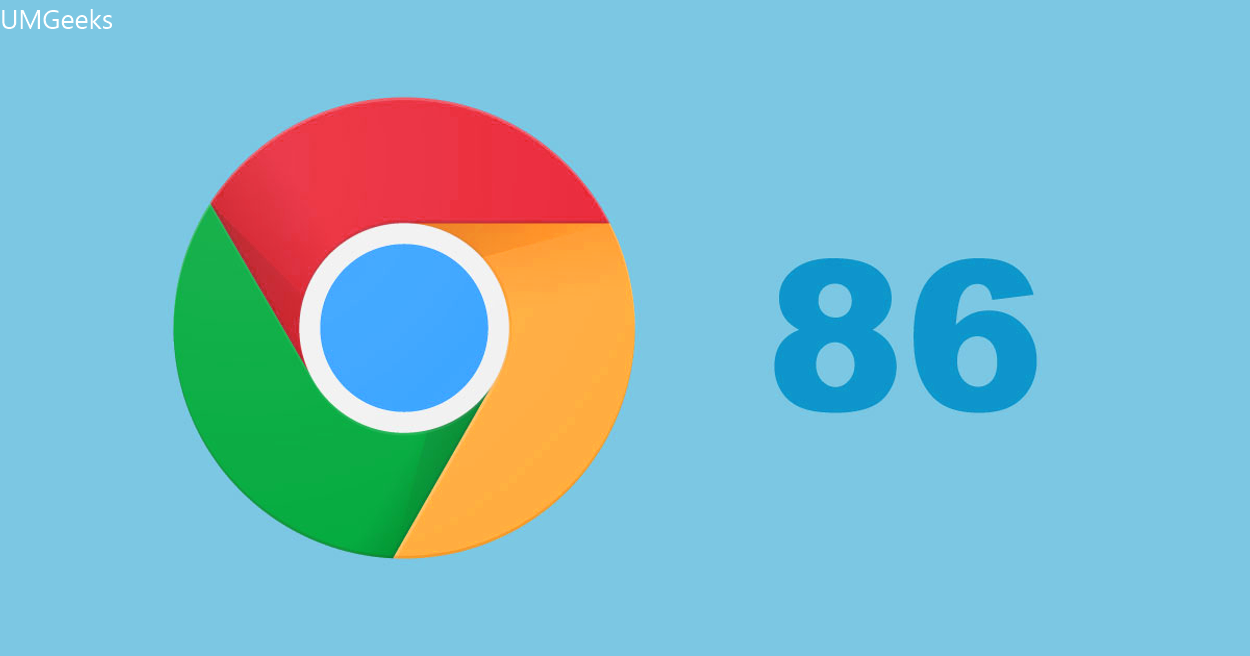Google's Chrome 86 is another another good upgrade. Google Chrome 86, in addition to the normal under-the-hood enhancements, allows you to rapidly res
Google’s Chrome 86 is another another good upgrade. Google Chrome 86, in addition to the normal under-the-hood enhancements, allows you to rapidly reset vulnerable passwords and safeguards you from websites that waste CPU resources (and battery life) in the background.
On October 6, 2020, Google released Chrome 86. Chrome will either install the update automatically or prompt you to do so. If you don’t want to wait, go to Menu > Help > About Google Chrome and check for and apply the update.
Contents
Easily Reset Vulnerable Passwords
Google Chrome can verify and tell you if your passwords have been hacked. Starting with Chrome 86, Chrome’s password manager now has a simple “Reset Password” button to assist you change those exposed passwords. It will send you straight to the website’s password reset page, saving you time and effort.
This function is only available on websites that use Apple’s “well-known URL for changing passwords” structure, which was first introduced in Safari. The feature has since been adopted by a large number of websites.
Read More: Learn How to Use Tab Groups in Google Chrome
Throttling in the Background Tab
Background Tab Throttling, which was supposed to be included in Chrome 85, is now accessible in Chrome 86. After five minutes of inactivity, tabs that are open in the background are throttled to a maximum of 1% CPU time. While in the background, tabs are permitted to “wake up” once every minute.
When you have a lot of tabs open at the same time, this functionality should help you perform better. Google is always attempting to reduce the amount of CPU time spent on open tabs. Users on HTTPS pages should be warned about insecure forms.
Although safe HTTPS encryption is now extensively utilized, less secure HTTP material can still be seen on secure pages all across the internet. When you are ready to enter information onto an unsecured site, Chrome 86 will start warning you.
When you were on an HTTPS site before, Chrome flashed a lock icon in your address bar. The lock icon would not appear on HTTPS sites that used HTTP forms, but Google felt that this was an ambiguous manner of presenting the warning.
Chrome will now show a larger “This form is not secure” notification with red writing beneath form fields. If you submit an insecure form, you’ll receive a confirmation page that says “The information you’re about to submit is not secure” and encourages you to return.
Focus Highlighting has been improved
The focus indicator graphically indicates selections when scrolling around the page for users who use Chrome with a keyboard or other assistive technology. The focus indication lets you know exactly what you’re choosing. Chrome 86 improves on this in a couple of ways.
For starters, a new CSS selector enables developers to use the same attention indicator approach as browser users. The second is a “Quick Focus Highlight” user preset. This is a second focus indicator (above) that appears even if the page’s focus styles have been disabled using CSS.
Chrome OS has a set of icons that are all the same
App icons will be more uniform in Chrome OS 86 thanks to a little tweak. All app icons will be round, whether they are for Android, Google’s Chrome 86, or Progressive Web Apps. Any app that doesn’t have a backdrop will be given a circular white icon by default.
The majority of people will not notice this adjustment, but it does give the impression that things are more consistent. It also matches Google’s Pixel smartphones.
Read More: Edge, Chrome, and Firefox Top 5 Ad Blockers
A New Overflow Menu for Android
In terms of Android, Chrome 86 introduces a new overflow menu for the platform. For starters, all of the entries in the many have icons, which makes it more visually appealing. Second, the menu has been separated into four sections, each of which has comparable options.
Finally, the top of the menu’s shortcuts, which are exclusively represented by icons, have a deeper grey backdrop that distinguishes them from the other entries. All of these improvements improve the menu’s appearance and make the options more obvious.
Goodies for Developers
Chrome 86, like any new release, comes with a slew of new features for developers to try out. This is frequently where the real changes occur. On the Chromium blog and the Web Developers blog, Google detailed several of the capabilities. Here are a few of the highlights:
WebHID API: The WebHID API allows device drivers to interact with ancient and unusual human interface devices (HIDs).
Battery-Savings Meta Tag: Allows a website to suggest actions that a user can do to save battery life and improve CPU utilization.
Using the Native File System API: Developers can create online programs that interact with files on the user’s local device, such as IDEs, photo and video editors, text editors, and more….

COMMENTS